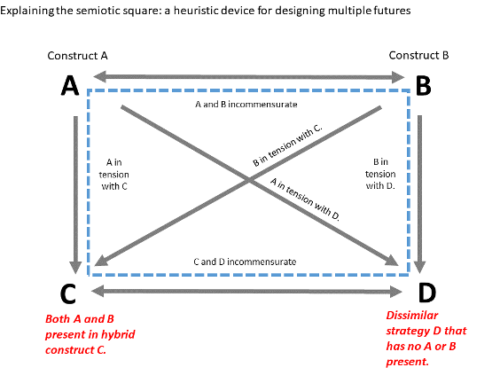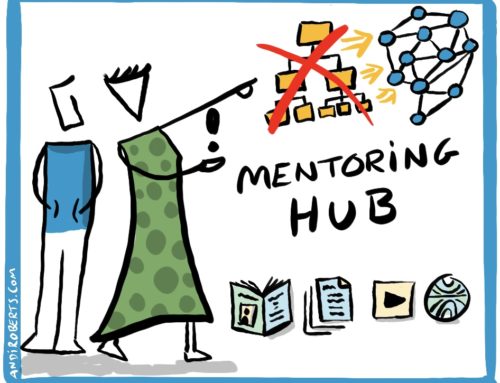This is the first of a series of blog pieces around what I consider to be the most essential concepts I have come across in the course of my 20 years as a manager, leader, trainer, coach.
The first of these is attributed to the great author Stephen Covey, and comes from his book, “The Seven Habits of Highly Effective People. This book is divided into a series of chapters around different habits of highly effective people, the first of those is being proactive.
The key concept for me here, is the circle of concern and influence, and this concept has had a significant impact on me, since I bought the book back in 1994.
The circle or area of concern is where people spend their time worrying
about things they cannot in fact address or change. Some of the common things people worry about are things like the future, physical health, personal finances, the environment, career choices. Of course all of these things are important, but rather th
an worrying about them, you can choose to do something about them, even if the steps you take are small.
Worrying about these and other important issues, is a choice and it’s about really looking at should I be proactive or continue to be reactive. So rather than worrying about issues or conditions over which we have little or no control, the more proactive people, tend to focus more of their time and energy on things they can influence more and certainly on things they can control.
I think it’s about mind-set, it is about recognising that you have choices on how you spend your time and mental energy and also the where you choose to focus.
Applying the circle of concern and influence
Some of the ways I use this concept in my work as a coach and trainer are:
1) I ask people I coach, to write out all of the things that are on their minds onto post-it notes. They then place them on a big piece of paper, where I have drawn out the circles of control , influence, concern. This then becomes a visual coaching tool to see where they are currently spending their time and to help the plan where they could be spending their time more productively..
2) When team coaching, with people going through organisational change or transformation, I ask the team to write out all things they are working on and all the things that are bothering them right now. Again by having these mapped out but from a team perspective, the team can get a better sense of a being effective or ineffective and where should they, as a team, be spending their time.
3) In strategic team facilitation, I have used this concept, to get the senior team to better understand how they can make the organisation and themselves as a leadership team more effective. Whilst time should be spent looking out to the marketplace, competitors and customers. Often this draws is too much attention away from things that need to happen in the business to accelerate it towards success.
These are just some of the examples of how I have used this concept to develop more proactive leaders at all levels of the organisation. I also use it on a daily basis myself, not by mapping out, but by mentally saying to myself “what my best next choice or my next best action”. I just remind myself that how I think, is at the end of the day, a choice.
Effective insights:
Like all blog articles around tools, concepts or models, I would like you to consider how you can apply this into your daily life. Here are some questions for you to consider and reflect on the next few days:
- Where do you tend to spend more time? In the area of concern or control/influence?
- What value would a more proactive mind-set bring to you?
- What strategies can you develop to keep a positive and proactive mind-set?
If you would like to know more about this concept, I would certainly recommend buying the book, or even better, buying the workbook that supports it. This is an excellent self coaching guide.
As always, if you have got more tips or tricks, questions or comments about this concept, please feel free to leave a note below.
Thanks for reading this and keep focused and productive!
Originally published in March 2014 on previous blog




Leave A Comment